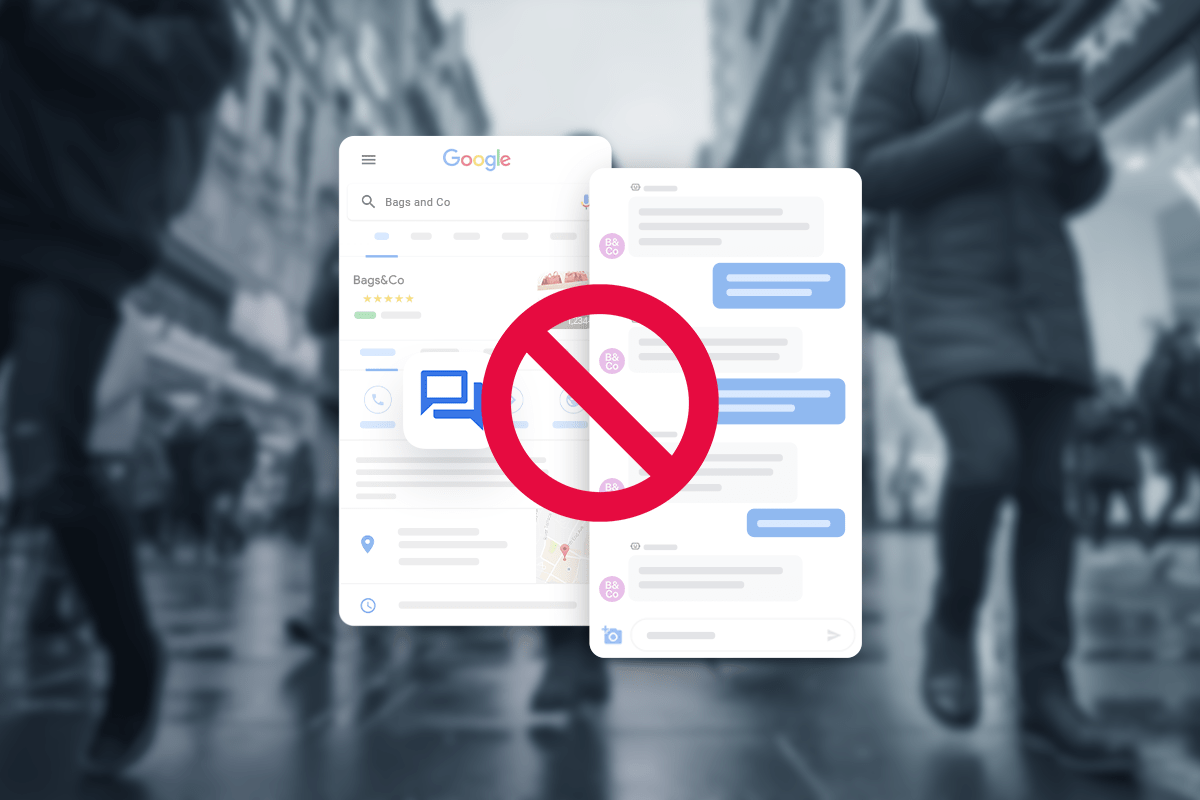With jingle bells ringing and cash registers chiming, it’s clear we’re still smack dab in the middle of the holiday rush. But off in the distance, you can hear an orchestra play the first few familiar notes of Auld Lang Syne.
2022 is quickly approaching, and you’re likely gearing up for new initiatives, process changes, and everything else that comes with the beginning of a new year.
Have you figured out how to measure it yet?
The beginning of the year is a great time to start tracking your customer success metrics. Measuring how happy your customers are with your service and how likely they are to return is a great predictor of overall business success.
Use success metrics to:
- Gauge the success of new initiatives
- Identify weak points in the customer journey
- Measure the success of your customer service team
- Track the growth of individual team members
- Predict customer loyalty
But the world of customer data is massive. Where do you start?
There are many ways to gauge and improve your customer service, but we’ve identified three customer success metrics that will give you the best, well-rounded view of how you’re performing in your customers’ eyes.
Keep reading to see what they are and how to use them.
Why should you measure customer success?
To put it simply, you can’t make customer-centric decisions without any input from the customer. While we always have our customers’ best interests at heart, what we think customers want and what they actually want can be vastly different.
But more than identifying needs, giving customers the opportunity to provide feedback makes them feel valued. Customers with service issues often just want to be heard, which also applies to the feedback they offer. They want to know their complaint has been taken and addressed.
Plus, 1 in 3 customers share their contact center experiences with others, and half of those do so on social media, according to a 2020 report from the CFI Group. Hearing about customer issues from social media has the potential to damage your brand.
That’s where customer surveys come in.
Success metric #1: Customer satisfaction
Customer satisfaction, or CSAT, often asks customers one question: How satisfied are you with your experience?
Customers respond using a numerical scale to rate their experience from very dissatisfied to very satisfied. Numerical scales are typically 1 to 5 or 1 to 10, but they can vary based on your business’s preference.
How do you calculate CSAT scores?
Number of satisfied customers ÷ Total number of respondents x 100 = CSAT
On a 1 to 5 scale, 4s and 5s are typically the highest predictors of customer retention.
This short survey works best when asked immediately after a specific experience. You can offer the survey after a purchase, an interaction with your customer service team, or a return.
What can you do to improve your CSAT scores?
- Improve response times
- Resolve issues quickly
- Ask follow-up questions to discern the context behind customer dissatisfaction
While CSAT is an excellent monitoring tool, it has its limitations. It works best when measuring specific interactions but doesn’t give you an overall picture of the customer experience. While it can indicate customer satisfaction, it isn’t the best at identifying whether a customer is likely to return or recommend your business to someone else.
You’re also more likely to hear from customers at either extreme: either terrible experiences or outstanding experiences. Customers in the middle are less likely to take the time and fill out the survey.
Success metric #2: Customer effort score
Customer effort score, or CES, measures how easy it is to do business with your company. For this survey, you ask customers to rate the ease of interaction with your customer service team, typically from 1 to 7, with low numbers corresponding to very difficult and high numbers very easy.
How do you calculate CES?
Sum of all scores ÷ total number of responses = CES average
This more recent measurement originates from a Harvard Business Review study that found “little relationship between satisfaction and loyalty.”
Their main conclusion?
“When it comes to service, companies create loyal customers primarily by helping them solve their problems quickly and easily.”
So while customer delight and satisfaction are vital goals, HBR concluded that the level of effort required is a greater predictor of disloyalty. The more effort customers have to expend, the less likely they are to continue patronizing your business.
What can you do to improve your CES?
- Simplify the checkout process with message-based payments
- Solve customer issues with fewer interactions
- Give customers self-service options on your website
The main issue that pops up with CES is that it’s ambiguous. Customers don’t always interpret “effort” in a manner that is useful to your business. It also doesn’t translate well across cultures.
Success metric #3: Net Promoter Score®
A Net Promoter Score, or NPS®, is a proprietary customer success metric that asks the question: How likely are you to recommend [business/product/service] to someone you know?
Customers answer based on a 10-point scale, and answers are categorized as follows:
- Detractors: 0 to 6
- Passives: 7 and 8
- Promoters: 9 and 10
Detractors are customers who were completely dissatisfied with your service and have the potential to damage your business. It’s best to follow up with these customers to ask them why they feel the way they do and to solve any persistent problems they might have.
Passives are typically customers who were satisfied with your business but overall unenthusiastic about it. They’re more likely to switch to competitors depending on their needs.
Promoters are the ultimate goal. They’re enthusiastic about your brand. Promoters are most likely to purchase frequently and share your business with people they know. According to Bain & Company, a promoter has a lifetime value 6 to 14 times that of a detractor.
How do you calculate NPS?
% of promoters — % of detractors = NPS
While NPS is designed to gauge the overall performance of your business, you can also use it transactionally to measure the success of products or services. If your goal is overall company reputation, it’s best to send out the survey at regular intervals, like quarterly or yearly. If you’re measuring a specific product or service, send the survey shortly after the purchase is complete.
What can you do to improve your NPS?
Since NPS is measuring your customers’ perception of your brand, there aren’t one or two things that can drastically improve it. Everything matters.
NPS brings a different dynamic to survey results, but the answers without any context aren’t constructive. Since you’re more likely looking at the overall impression of your brand instead of specific interactions or customer emotions, it can be pretty hard to decipher the results in a meaningful way.
That’s why it’s essential to ask for reasonings either within your survey or as a follow-up. Give your customers the opportunity to explain their decisions, and then use that information to improve your score.
Customer success survey best practices
What do all of these customer success metrics have in common? They require surveying your customers.
Here are some best practices to help increase your response rates.
- Send surveys using the method customers prefer. If they reached out to you via web chat, Facebook Messenger, or Google’s Business Messages, send a survey immediately after their interaction.
- Combine communications. If you send an email thanking customers for their patronage, add the survey to that message. If you send a text with their order details, include it with the message. They’re less likely to ignore it when it’s paired with important information.
- Use chatbots. Set up your chatbot to trigger a survey message immediately after a ticket is closed, so you can ensure you’re serving every customer.
- Offer incentives. Low response rates can skew your data. Encourage customer participation with discounts, free shipping, or an entry into larger giveaways.
While there are some tricks to encourage customer participation, there’s no silver bullet. Regularly engaging with your customers will get them used to frequent conversations with your brand and make them more likely to get involved.
Capture customer success metrics with Quiq
Measuring customer success metrics is an essential part of your customer experience. But you need a reliable way to capture feedback, no matter which platform your customers prefer.
Quiq’s integrated surveys let customers answer questions directly within the conversation, and it doesn’t send them to another page. Use these in-conversation surveys to increase your response rates—and even increase your CSAT scores.
What’s Quiq all about?




